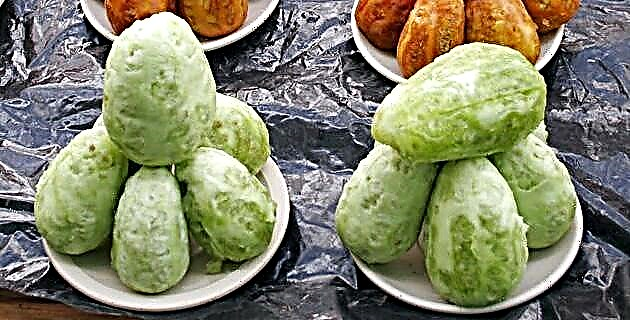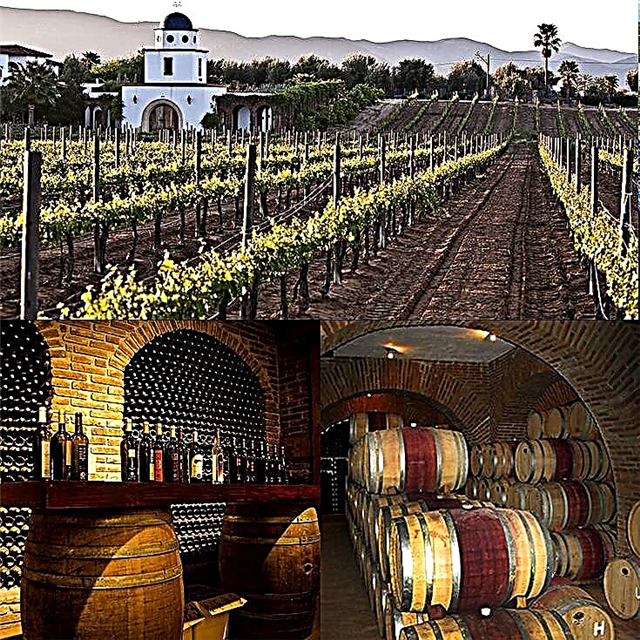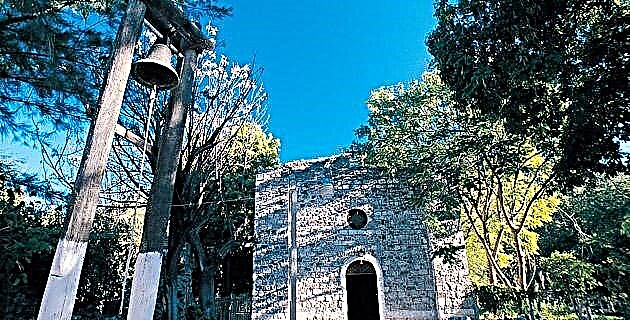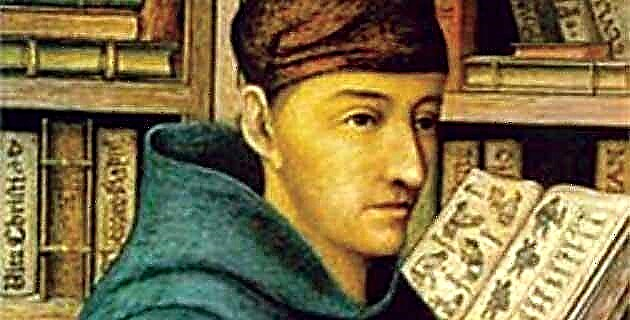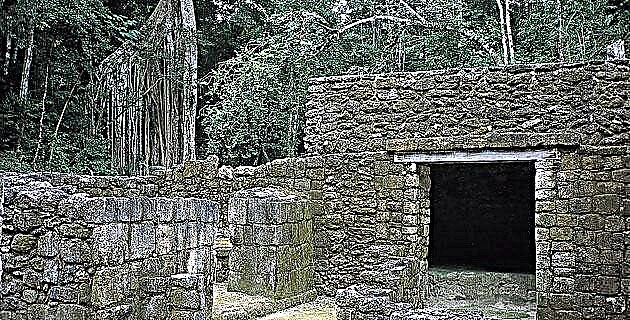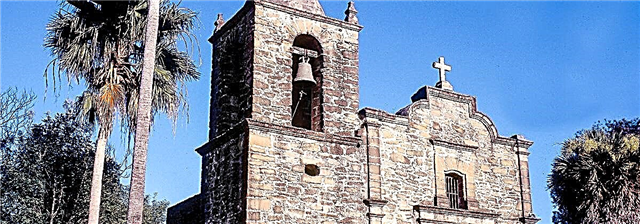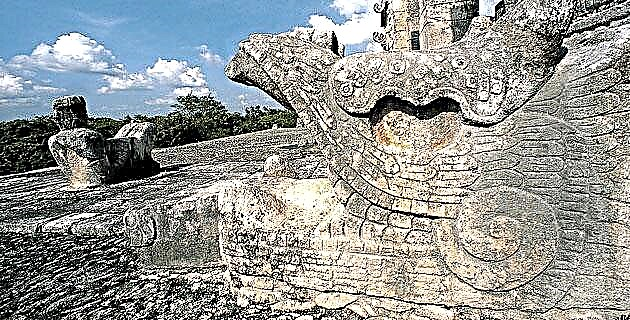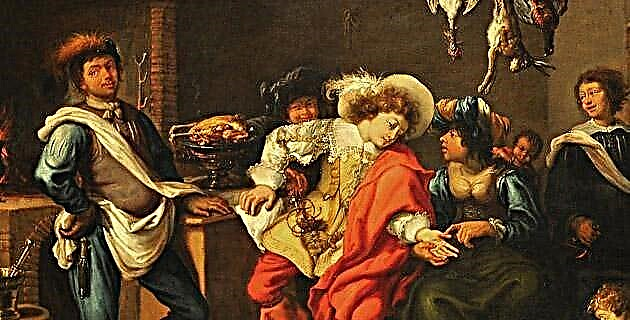
The news that we have of his life is so scarce, such as that which indicates that he was a native of Texcoco, as are numerous works by this artist that have survived to this day, existing in Aguascalientes, Zacatecas and Guadalajara.
In addition to relating it to the making of five altars that were arranged in the chapel of San Nicolás Tolentino, in the Hospital Real de Naturales and two canvases that he made for the brotherhood of the Galicians in the convent of San Francisco de México, Toussaint gave us the news of his access in San Carlos. This is confirmed in his obituary, arranged by his nephew Juan Bautista de Alzíbar and dated February 18, 1803, where the artist is mentioned as "lieutenant director of the Royal Academy of San Carlos of this New Spain."
This case is interesting, because being a painter trained in New Spain workshops, in accordance with the old traditional use of the guilds, he became the artist recognized by the petulant Academy, whose members did not tire of condemning his contemporaries dedicated to making of golden altarpieces, a true context for the work of this artist, a patent issue, especially if we remember that he made the main altarpiece of stipes for the church of the Hospital de San Juan de Dios in 1766 and the large canvases of his that the golden head of the interior of the temple of nuns of La Enseñanza in Mexico City. It is known that a Dolorosa is attributed, preserved on its altar, in the Metropolitan Sagrario of Mexico City.
De Alzíbar is the author of one of the best portraits of a nun, among those known: the portrait of Sister María Ignacia de la Sangre de Christo, a professed nun from the convent of Santa Clara de México, dated 1777, preserved in the National Museum of History , a work of extraordinary baroque style, where the nun wears an almost episcopal cape, a flowery crown and a bouquet that looks like the scepter of a queen.
In contrast to the physiognomy of the sacred characters in his painting on a religious theme, in the portrait he constitutes a ruthless physiognomy who shows all the defects of his subjects; An example of the latter are the portraits of Maria Josefa Bruno, taken days before her profession, of Don Fray Juan de Moya and Dr. Marcos Inguanzo, dated 1788, all of them in the aforementioned National Museum of History, in Chapultepec. According to the famous Guadalupanist Xavier Conde y Oquendo, De Alzíbar was considered in 1795, the most famous painter in Mexico.

